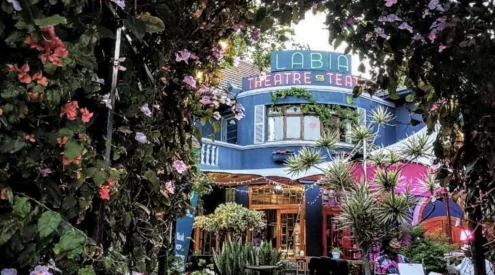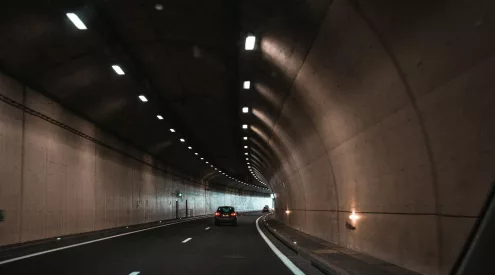While many countries, businesses and institutions are taking serious preventative measures to combat the COVID-19 pandemic, not all US national parks, such as the Grand Canyon, have closed.
Despite a positive COVID-19 case from a hospitality employee in one of the park’s concessions, it is currently still open. Many, including directors and superintendents within the US National Park Service (NPS) to local government, are calling for the Grand Canyon to be shut.
In response to the coronavirus crisis, the NPS response has been to shut down a few parks gradually on a case-by-case basis, but the Grand Canyon National Park secretary, David Bernhardt is reportedly adamant about keeping gates open. The Grand Canyon is one of the world’s biggest attractions and, approaching summer in the northern hemisphere, usually attracts many visitors around this time.
‘The National Park Service is modifying its operations on a park-by-park basis in accordance with the latest guidance from the Centers for Disease Control and Prevention (CDC) and state and local public health authorities,’ the parks site displays in its header. ‘While most facilities and events are closed or canceled, many of our outdoor spaces remain accessible to the public.’
A NPS update on the night of Tuesday 31 March still announced the Grand Canyon to be open, but has opted to waive entrance fees (to limit contact with staff) and has closed down accommodation, certain leisure activity operations and information centres, with the park clinic only open for appointments. However, the Canyon Village Market is still open in the evenings, as well as the bank and the self-service post office window and fuel station. The NPS believes it’s limiting contact by stipulating that visitors may only use their cards for payment.
Many feel, however, that it is irresponsible to remain open even with strict adherence to the CDC regulations.
‘Visitors need to think hard about the trickle-down effect of their “All I’m doing is going out for a hike”,’ said a park superintendent after the closure of Cumberland Gap National Historical Park. ‘If a visitor were injured, the park’s limited staffing would literally mean hours for a rescue. Once a rescue is initiated, the park’s emergency response personnel would be at high risk due to the close proximity required to stabilise the visitor and also during the carry out. An injured visitor puts additional strain on medical personnel at hospitals already dealing with the novel coronavirus.’




















